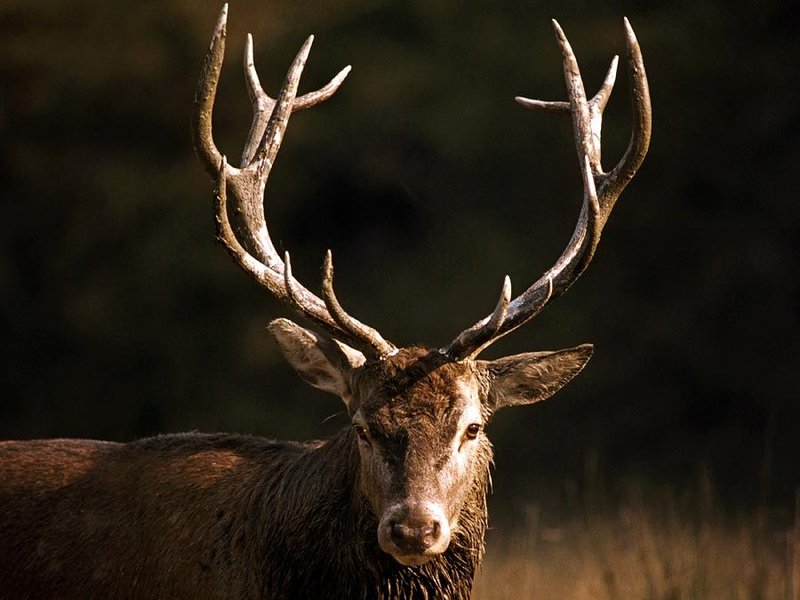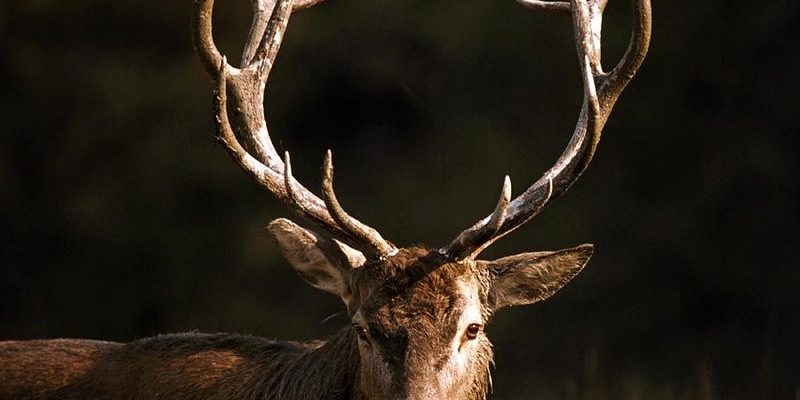
Honestly, it’s a fair question. Red deer are among the largest species of deer in the world. Picture a majestic stag with impressive antlers—a sight that can leave you in awe. But just like any wild animal, they come with their own set of behaviors and instincts, especially when they feel threatened. So, let’s break down what makes red deer tick and whether they could potentially be dangerous to us.
Understanding Red Deer Behavior
Red deer are social creatures, often found in herds, especially during mating season, known as the rut, when stags display their strength and attract females. This behavior can make them seem more approachable, much like a crowd of friends at a party. However, it’s crucial to remember that they are still wild animals with instincts to protect themselves and their territory.
During the rut, stags can become particularly aggressive, exhibiting behaviors like vocalizations, posturing, and even sparring with other males. Imagine a group of friends getting a little too competitive during a game—tempers can flare! Similarly, when the stakes are high, red deer can react defensively, which can potentially put nearby humans at risk.
So, here’s the thing: while most encounters with red deer are harmless, understanding their behavioral patterns can help you navigate any potential risks.
When Are Red Deer Most Dangerous?
You might be wondering when red deer could actually pose a threat. The simple answer is during specific situations:
- Mating Season (Rut): As mentioned earlier, during the rut—usually from September to November—male red deer become more aggressive while competing for mates. This is when they’re most likely to charge at perceived threats.
- Defensive Behavior: If a female red deer feels her young are threatened, she may become aggressive. This protective instinct is quite strong in many animals, and red deer are no different.
- Surprised Encounters: Just like startled deer can leap into traffic, unexpected close encounters with humans can lead to aggressive behavior. Imagine being startled yourself and reacting in a way you wouldn’t normally act—it’s all about survival.
In these moments, it’s essential to keep a safe distance and observe from afar. Just because they have the potential to be dangerous doesn’t mean every encounter will end in drama.
How to Avoid Conflicts with Red Deer
If you find yourself in an area where red deer roam, there are simple strategies to minimize the risk of conflict.
- Keep Your Distance: Always maintain a safe distance from red deer, especially during the rutting season. Use binoculars or a camera with a zoom lens to enjoy watching them from afar.
- Stay Calm: Should you accidentally encounter a red deer up close, remain calm. Sudden movements can startle them, potentially leading to aggressive behavior.
- Avoid Feeding: Feeding wild deer can encourage them to approach humans, increasing the likelihood of conflict. Think of it like inviting someone to dinner—sometimes, it’s better to keep the distance!
Taking these precautions can help ensure both your safety and the well-being of the deer.
Signs of Aggression to Watch For
If you do encounter a red deer, being able to recognize signs of aggression can be a lifesaver. Here are some signals to look for:
- Vocalizations: Loud bellowing or snorting can indicate that a deer feels threatened or is trying to assert dominance. It’s like the deer’s version of raised voices in a heated conversation.
- Posturing: If a deer lowers its head and displays its antlers, take it seriously. This is a clear warning sign that it might charge if provoked.
- Stomping or Pawing: If you see a deer stomping its front legs, it’s showing agitation. Think of it like someone tapping their foot impatiently—it’s a sign of rising tension.
Understanding these behaviors can help you read the situation better and react appropriately.
What Happens if You’re Attacked by a Red Deer?
If, for any reason, you find yourself in a situation where you’re attacked by a red deer, here’s what you should know:
1. Stay on Your Feet: If possible, try to stay on your feet. Falling can make you more vulnerable.
2. Back Away Slowly: Do your best to back away slowly without turning your back on the deer. Quick movements can provoke further aggression.
3. Find Shelter: If there’s a vehicle or building nearby, make your way toward it. You want to create a safe barrier between you and the deer.
4. Call for Help: If you are injured or feel threatened, do not hesitate to reach out for help. Emergency services can give you the immediate assistance you need.
Remember, these situations are rare. Most of the time, a red deer won’t bother you unless they feel threatened.
In conclusion, while red deer can be dangerous under certain circumstances, the chances of a negative encounter are relatively low. Most of the time, they prefer to keep their distance from humans. Just like any wild animal, it’s essential to approach them with respect and a healthy understanding of their behavior.
So, the next time you find yourself in the forests or hills where red deer thrive, keep these tips in mind. You can enjoy their beauty from a safe distance while ensuring both your safety and theirs. Always remember: respecting nature is key to coexisting peacefully with its creatures.

